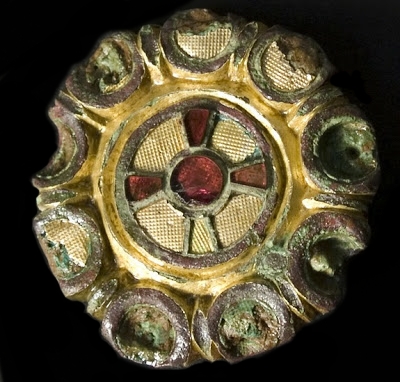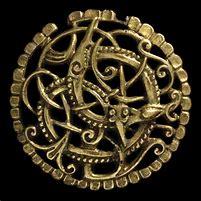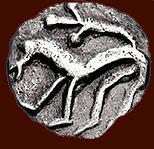






Looking After Your Finds - Jewellery

Viking - Identification
Powered By Sispro1

Double click to edit
Viking Jewellery

This brooch was made in continental Europe between 500 and 700 CE, long before the Vestervang site was inhabited. The excavators say it "might have been acquired through exchange
Copyright All Rights Reserved by Nigel G Wilcox E-Mail: ngwilcox100@gmail.com
Designed by Nigel G Wilcox
Complimentary Topics
The Paragon Of Metal Detecting
& Archaeology
& Archaeology

A hoard of Viking coins, silver and jewellery could shine new light on the history of how the Kingdom of England came to exist, after it was discovered by a British amateur metal detectorist. The 186 coins, seven pieces of jewellery and 15 silver ingots were buried around the end of the 870s AD as Anglo-Saxon kings, in what is today England, began to fight back against Viking expansion across Britain.
October in Watlington, Oxfordshire discovery was announced on 10 December at the British Museum in London.
Vikings had been attacking Anglo-Saxon positions in today's Britain since the late 8th century but at the end of the 9th century, King Alfred of Wessex, Alfred the Great , defeated Viking forces at the battle of Edington, in southwest England. It was a turning point that eventually caused Anglo-Saxon power to be unified as the Kingdom of England in the 10th century.
The find includes rare coins from Alfred's Wessex and from King Ceolwulf II's Kingdom of Mercia. It also contains Viking arm-rings and silver ingots.
October in Watlington, Oxfordshire discovery was announced on 10 December at the British Museum in London.
Vikings had been attacking Anglo-Saxon positions in today's Britain since the late 8th century but at the end of the 9th century, King Alfred of Wessex, Alfred the Great , defeated Viking forces at the battle of Edington, in southwest England. It was a turning point that eventually caused Anglo-Saxon power to be unified as the Kingdom of England in the 10th century.
The find includes rare coins from Alfred's Wessex and from King Ceolwulf II's Kingdom of Mercia. It also contains Viking arm-rings and silver ingots.

Main Coin Menu
Viking Coins
Menu
Menu
Member NCMD
Viking Menu
Pages
Pages
Viking Jewellery






















